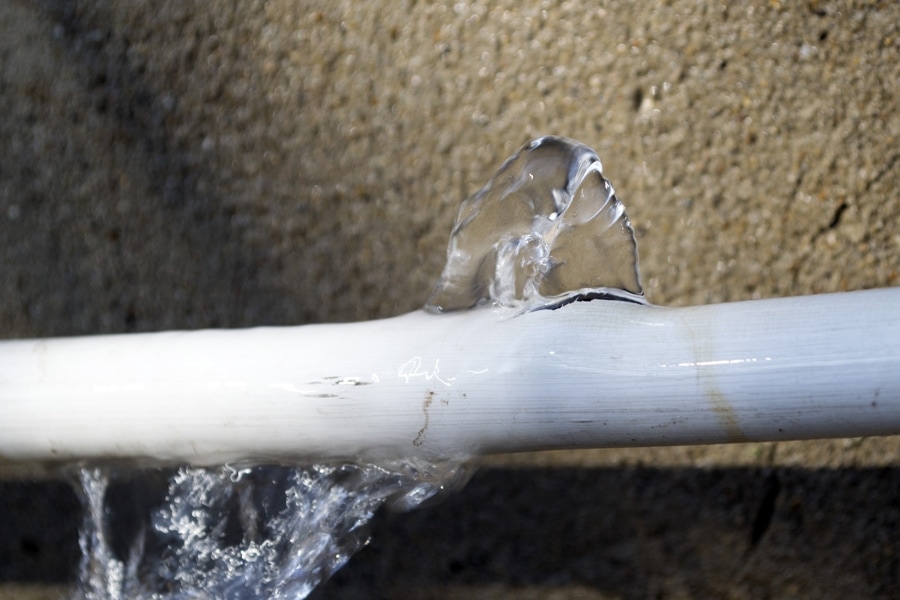How Can I Prevent Frozen Pipes?

What is a frozen pipe and why is it bad?
Frozen pipes can lead to burst pipes. When water freezes, it expands. As it expands it presses on the walls of what is holding it in, in this case a pipe. Pipes that freeze the most are those that are exposed to the extreme cold. These pipes are most commonly along exterior walls, uninsulated pipes, swimming pool supply lines, sprinkler lines, pipes in unheated areas like basements or garages, attics or crawlspaces and even in kitchen cabinets.
The most serious problem that can result from a frozen pipe its that it will burst. Pipes can also burst due to age, misuse or damage because over time, the pressure from your water system can cause any fault that may exist in a pipe to break down.
Due to increasingly complicated plumbing systems, a burst pipe can cause catastrophic damage and make a home or office space uninhabitable for weeks. As much as 4-8 gallons of water can flow from just one burst pipe every minute, causing thousands of dollars in damages in less than an hour.
How can I prevent frozen pipes?
Before the cold weather sets in there are a few things you can do to prevent your water supply lines from freezing:
- Follow the manufacturers instructions and drain the water from you swimming pool and sprinkler lines. Don’t put antifreeze on these lines without directions.
- Drain and store any hoses that you use outside. Close off the supply to these hoses and leave the valve outside open so that any water remaining in the line can run out or expand with space as it freezes.
- Look for uninsulated water lines and insulate those that are exposed.
- Insulate your cold water tank.
- Know where the main stopcock in your home is and how to operate it.
- If you have supply lines in your garage, keep the door closed.
- Open your kitchen and bathroom cupboards to allow warm air to circulate around the pipes.
- During extreme cold, let just a small amount of water drip from the faucet. This provides relief from the pressure that occurs when freezing happens.
When you go out of town, don’t lower the heat too far, no lower than 55 degrees. You can also drain the water system. This is the most fool-proof solution, no water means nothing can freeze. To drain the system, you simply turn off the supply valve and run all the fixtures until no more water runs.
What can I do about a frozen pipe before it bursts?
Even with all the precautions we might take, a burst pipe can still happen. Take heed of these warning signs that a pipe in your home is frozen.
- If your water is running at a trickle or has stopped all together.
- If you see front on the exterior of a pipe.
- Not all pipes that burst produce a torrent of water, check for damp patches on your ceiling or walls.
If you suspect a pipe is frozen, turn on your faucet and let the water run, the running water will help melt the ice.
Apply heat to the pipe with a heating pad, hair dryer or space heater. Use extreme caution when operating electrical devices near water sources and make sure you keep all of these away from flammable materials. Note where your frozen pipe is located, if it near any sort of electrical outlet contact us immediately and don’t attempt to thaw the pipe yourself. You can also wrap the pipe with hot towels, but do not use any kind of open flame device. Apply the heat until the water flow returns to normal.
What should I do if a pipe in my house bursts?
- Turn off your water supply.
- Move as many of your possessions that you can away from the water flow
- Drain your system.
- Turn off all electric appliances that are near or around a leak.
- Collect all the water that you can.
- Call your insurance.
- Keep a record of all damages that may be occurring.
- Call us at 205-787-8674
Need HVAC Service?
Contact the experts at Western Sales and Services.
Call us at 205-787-8674!
